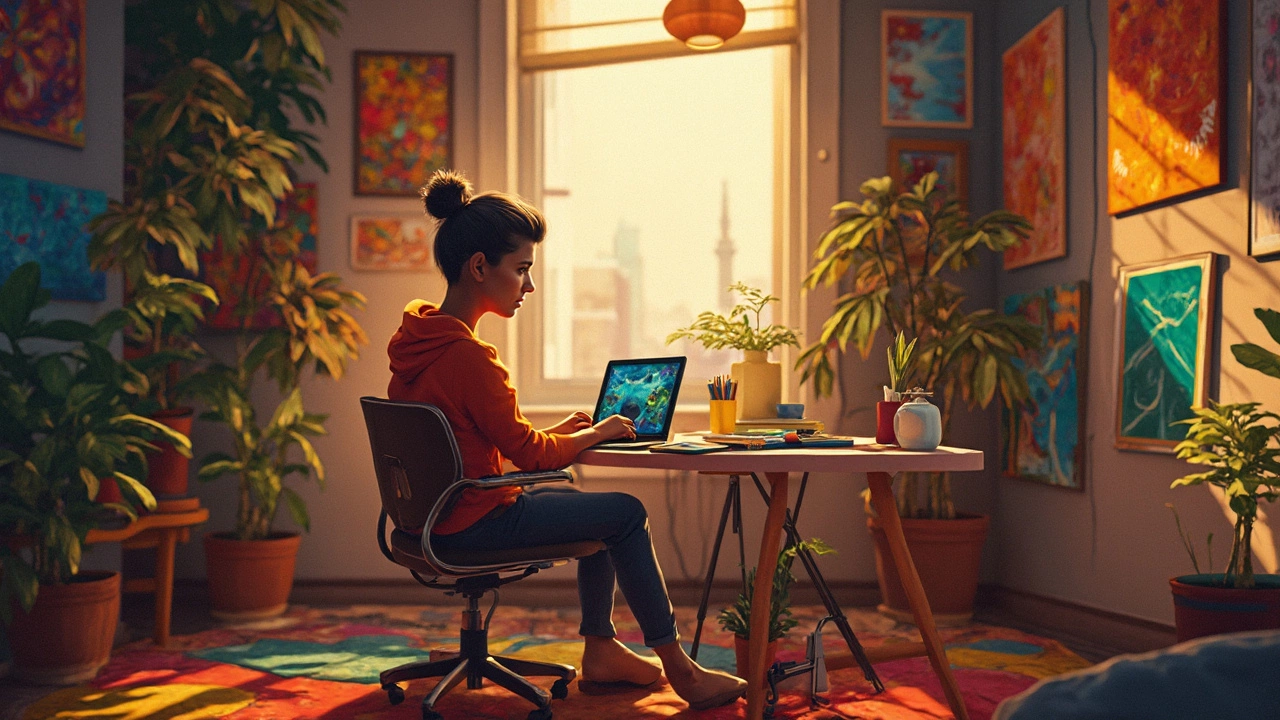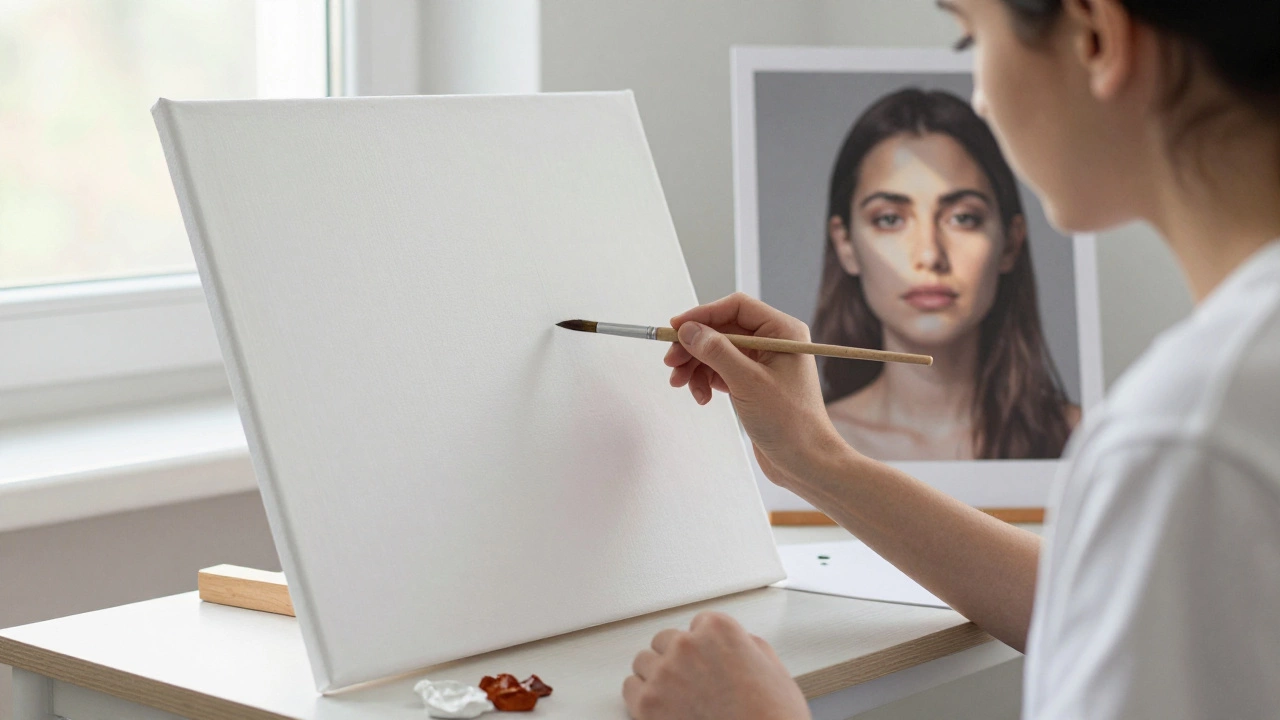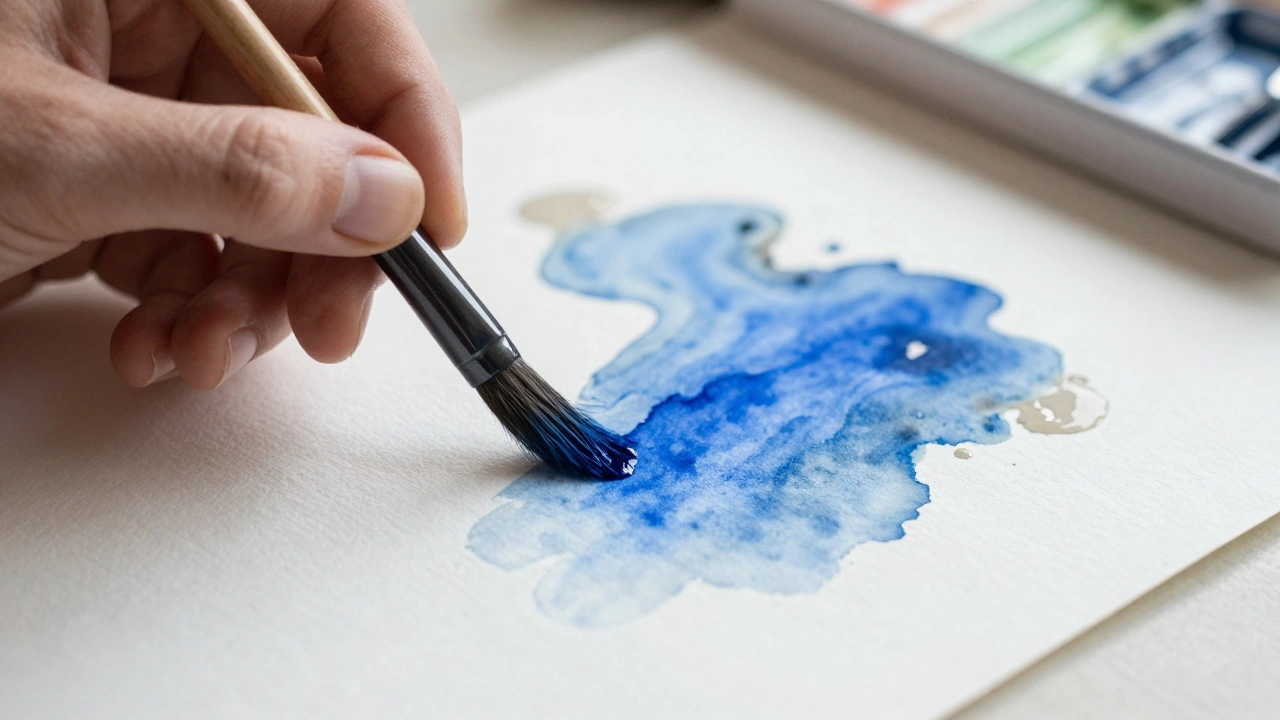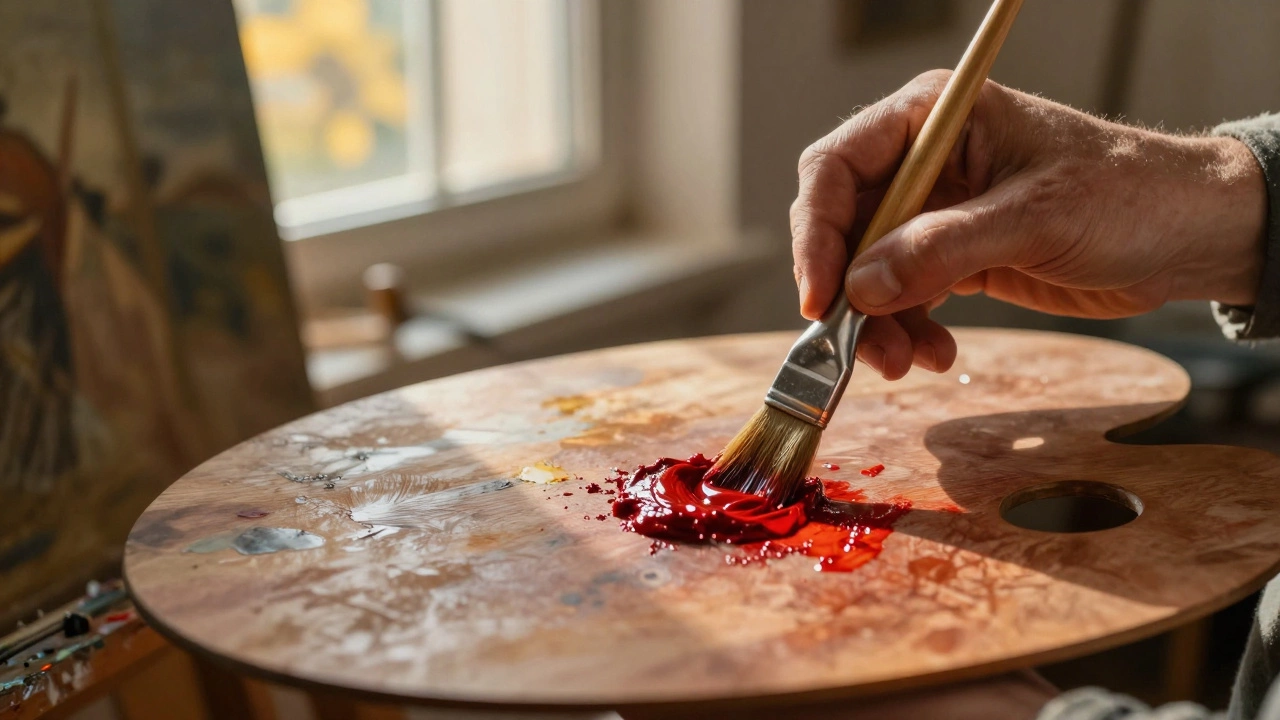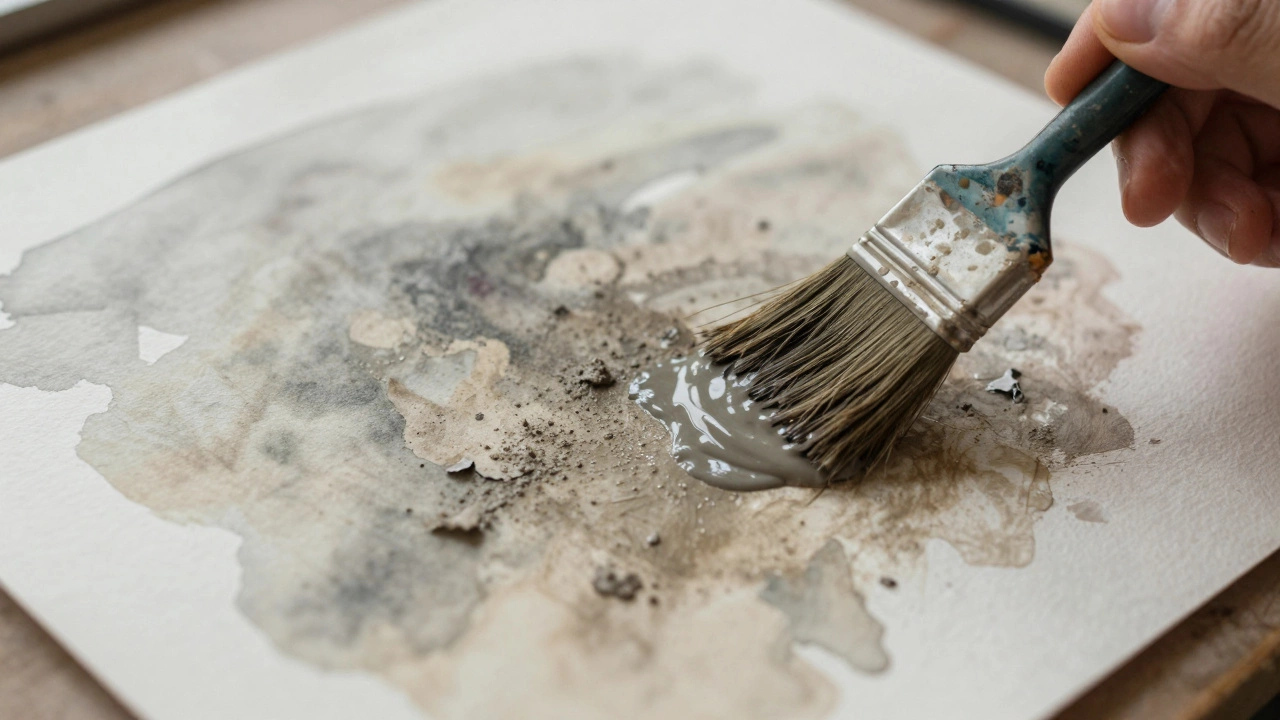Getting your art in front of people isn’t just about talent. Where you post matters—a lot. You could have the most eye-catching painting ever, but if it’s only sitting on your bedroom wall, nobody’s going to stumble across it. That’s why finding the right places to show your work makes all the difference.
Most new artists assume they have to choose: old-school galleries or online platforms? Actually, using both can seriously increase your chances of being seen. From community art shows to Instagram reels, there are more options than ever. The trick is picking spots where real people—not just bots or random scrollers—can actually find you.
If you’ve posted your art before and felt disappointed by how few people liked or commented, you’re not alone. Platforms each have their own quirks, and the same piece that gets ignored on Facebook could totally blow up on TikTok. Knowing where your audience hangs out is just as important as what you post.
- Classic Art Spaces Still Matter
- Instagram and TikTok: The Fast Track to Attention
- Online Galleries and Digital Shows
- Why Artist Communities Help You Grow
- Pro Tips for Getting Your Art Noticed
Classic Art Spaces Still Matter
Putting your art up in real-world places still works—and sometimes better than you’d think. Local galleries, coffee shops, and community centers are where a lot of people still see art for the first time. Smaller spaces especially love to feature artists from the area, and that's a solid way to get your post art online audience to grow in the real world first.
Don’t brush off old-school group exhibitions either. The National Endowment for the Arts found that nearly 32% of adults in the U.S. attended an art exhibit or museum at least once in 2023—that’s millions of potential fans. Plus, compared to social media where everything scrolls by in seconds, people spend real time looking at art they see in person.
- Check for “open calls” at local galleries. These are invitations for anyone to submit their work, and a lot of them don’t charge huge fees.
- Community centers, libraries, and even restaurants often host rotating displays and are happy to support artists without big résumés.
- Art fairs and pop-up shows can be gold, especially if you like to talk directly to viewers and get instant feedback.
One thing I wish someone had told me sooner: people at these events love to chat. Bring some simple business cards, or a QR code that links straight to your portfolio or Instagram. That little nudge can turn a local visitor into an online follower pretty quickly.
Here’s a quick look at how often people visit different types of public art spaces:
| Location | Average Visitors per Year (US, 2023) |
|---|---|
| Public Libraries | 564 million |
| Art Museums & Galleries | 80 million |
| Coffee Shops (with art displays) | 34 million |
This approach isn’t just about your hometown, either. Some artists have started in tiny cafés and ended up invited to bigger, national shows. Bottom line: don’t skip the classic spots—they still work, sometimes way better than you’d expect.
Instagram and TikTok: The Fast Track to Attention
When people ask where to post art online to get noticed quickly, Instagram and TikTok are always at the top of the list—there’s a good reason why. Instagram started as a photo-sharing app, so it’s perfect for artists who want to post high-quality images of their work. TikTok, on the other hand, is all about short videos, which gets your art in front of people faster than you might think, especially with its wild algorithm.
Let’s talk numbers for a sec. Instagram has over 2 billion active users each month, and TikTok has passed 1 billion. Both platforms use algorithms that can push your art way beyond your own followers, especially if you use trending sounds, hashtags, and smart posting times.
Here’s a quick comparison of what each platform does best for artists:
| Platform | Best For | Main Content Type | Pro Tip |
|---|---|---|---|
| High-res photos, polished artwork | Images, Stories, Reels | Use niche hashtags (#digitalpainting, #artshow, etc.) | |
| TikTok | Process videos, personality, viral trends | Short-form videos | Jump on viral challenges with your art twist |
Want to make the most out of these apps? Try these steps:
- On Instagram, post consistently—aim for 2-3 times a week. Good lighting and clean backgrounds matter more than fancy gear.
- Use Stories to show “behind-the-scenes” stuff: sketches, failed attempts, or even your messy desk. People love the process almost as much as the final piece.
- Reels are Instagram’s video feature, and right now the algorithm loves them. Short clips of your painting coming together or a time-lapse can hook people fast.
- On TikTok, keep it quick and casual. Show your hand actually making the art—process gets way more views than just the finished piece.
- Use trending sounds but make them fit your style. The more authentic you are, the more likely people will stick around.
Also, don’t forget to talk with people in the comments and support other artists. Both platforms boost posts with strong engagement. If your art gets shared, saved, or commented on quickly, the system makes it visible to way more people. Even a quick DM answer or a “thanks for the love” reply can make a difference.
Here’s something you might not expect: according to an April 2025 survey by Statista, nearly 40% of Gen Z say they discover new artists on TikTok, not in galleries. So if you want to get out there fast, learning the ropes of these platforms might be the quickest way to real exposure.
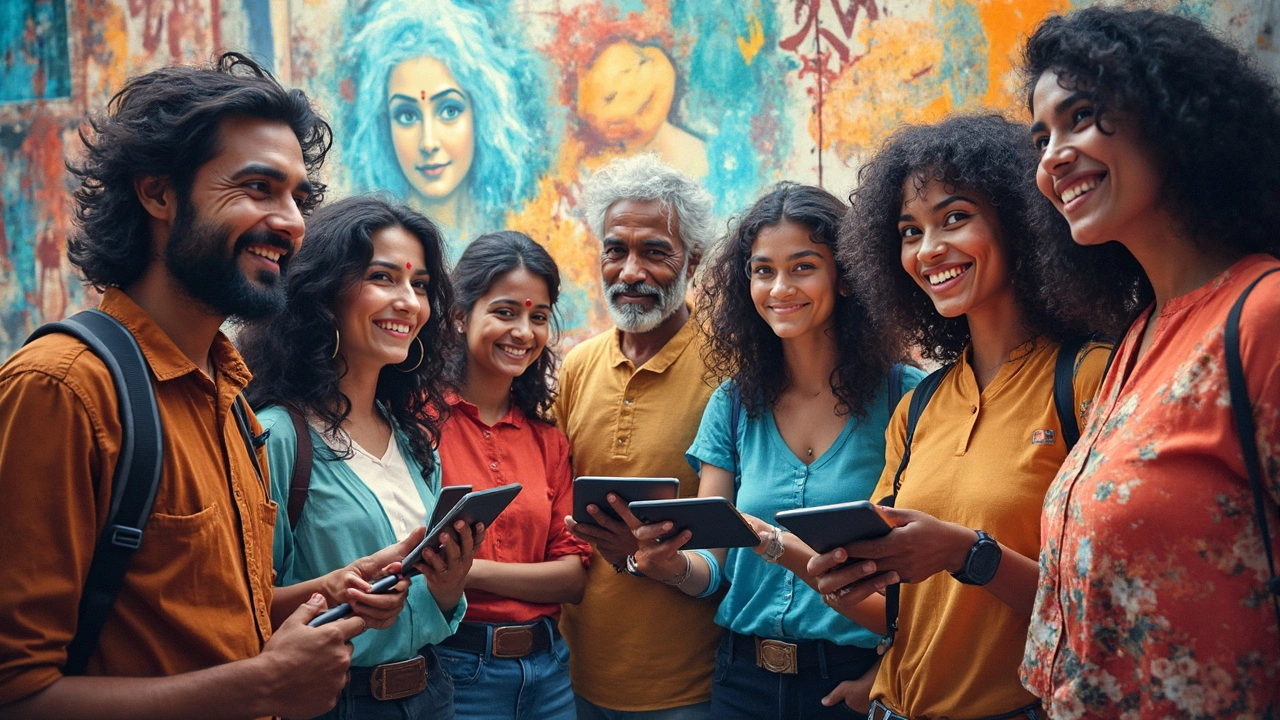
Online Galleries and Digital Shows
If you want people to see your art outside your city, post art online in digital galleries and virtual exhibitions. These spaces exploded during the last five years—thanks to everyone being stuck at home and hungry for something new. The cool part? You can show your work to people from countries you’ve never been to, without paying for shipping or framing.
Sites like Saatchi Art, ArtStation, and Behance are go-tos for artists who want serious eyes on their work. Saatchi Art has over 1.6 million monthly visitors, and it even lets buyers purchase prints or originals straight off your page. ArtStation is a favorite if you do digital art or concept art—think games, animation, or 3D. Meanwhile, Behance, owned by Adobe, is huge for sharing portfolios and finding freelance gigs.
- Saatchi Art: Free to join, takes a commission on sales, open to all styles.
- ArtStation: Focuses on digital and gaming art, great for connecting with studios.
- Behance: Portfolio-based, good for both traditional and digital artists, connects to job listings.
- DeviantArt: Massive, diverse community and discovery, but easy to get lost in the crowd.
Virtual shows and online art fairs are another smart move, especially since the pandemic made them normal. Platforms like The Other Art Fair, Artsy, and even some pop-up Zoom exhibitions let you join group shows without ever leaving your kitchen. Some let you live-stream Q&As or demos, so people actually get to know the artist—not just the art.
If you’re curious how these sites stack up, here’s a quick look:
| Platform | Main Focus | Monthly Visitors | Sales Option | Best For |
|---|---|---|---|---|
| Saatchi Art | All mediums | 1.6 million | Yes | Traditional & digital artists, selling globally |
| ArtStation | Digital/gaming | 500,000+ | Yes | Game, concept, and 3D artists |
| Behance | Portfolios/all | 10 million | No direct sales | Freelancers, job hunters |
| DeviantArt | All types | 2.5 million | Some prints | Fan art, digital creators, community |
| Artsy | Fine art | 1.5 million | Yes (through galleries) | Emerging & established artists |
When you upload your work, remember: Images need to be sharp, colors true, and info clear. Add details like dimensions and media—collectors actually care. Oh, and always check the terms for commissions and copyright. Some sites take 30-35% per sale, which stings if you’re not prepared.
Bottom line? Online galleries and shows get your art seen by way more people than most in-person events. And you never know—one late-night browser on the other side of the world could become your biggest fan.
Why Artist Communities Help You Grow
Trying to make it as an artist can feel like shouting into the void. The good news? Artist communities are basically shortcuts for getting seen, learning new skills, and growing your audience. Whether it’s a group on Discord, a subreddit, or a website like DeviantArt, these spaces are full of people who actually care about art—not just scrolling for cute dog videos.
Here’s the deal: when you join an artist community, you’re suddenly not alone. You get support, honest feedback, and tips you won’t find in a generic Google search. There are even chances to join group challenges or online exhibitions—which often get way more views than solo posts. One cool study from Adobe in 2023 found that artists who engage in online communities receive about 30% more feedback on their posts. That’s a big deal if you want to improve and get noticed.
- Post art online in places where fellow artists hang out—your work gets seen by people who actually know what you’re doing.
- Get quick feedback, so you don’t waste time guessing what people think.
- Collaborate on projects or challenges, which often leads to more followers (and sometimes even paid gigs!).
- Find opportunities for digital art exhibitions through group initiatives you might never hear about otherwise.
Here’s a handy comparison of a few popular artist communities and what they’re good at:
| Platform | Main Perk | Typical Member Base |
|---|---|---|
| DeviantArt | Huge art archive, active feedback | Digital/traditional artists of all ages |
| ArtStation | Pro networking, portfolio focus | Concept & game artists, illustrators |
| Reddit (r/Art) | Fast feedback, wide variety | Beginner to advanced, lots of styles |
| Discord (art servers) | Live chat, challenges, mentoring | Young artists, digital focus |
If you’re serious about getting your art noticed, don’t skip communities. Sometimes just commenting on five other artists’ posts can lead to them checking out—and sharing—yours. Watching how others promote themselves (or even fail) is one of the quickest ways to learn what works.
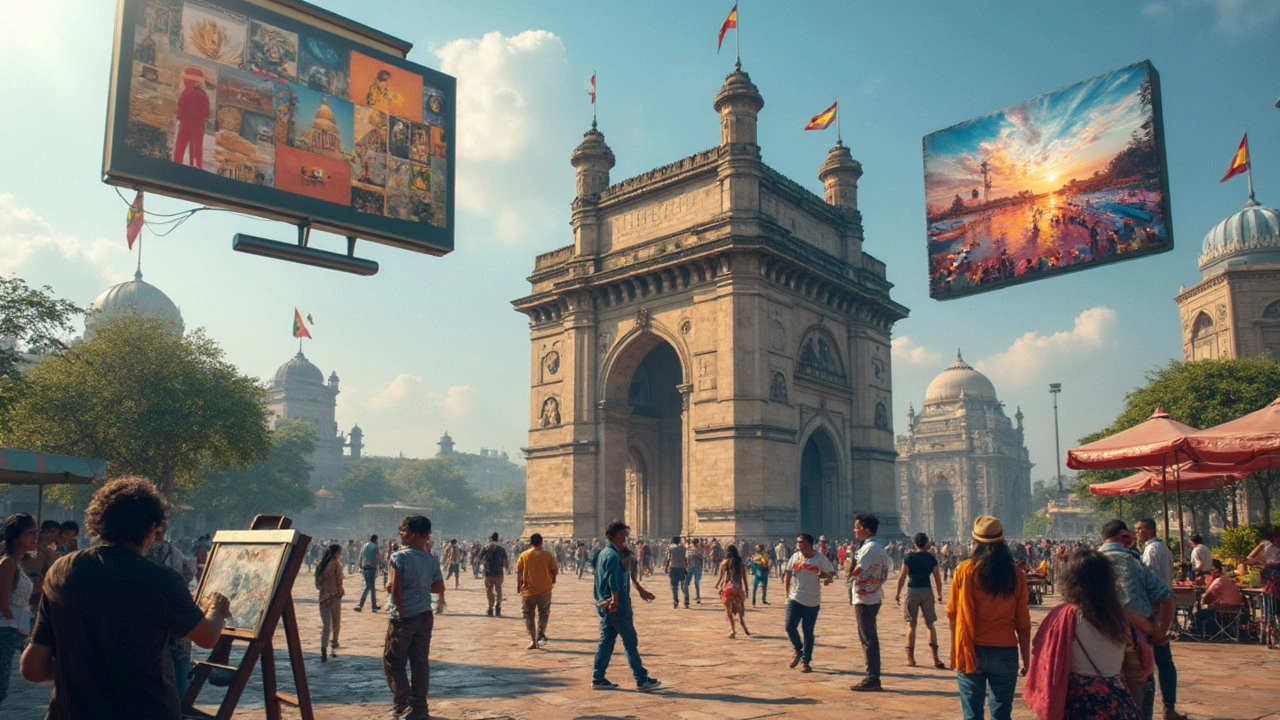
Pro Tips for Getting Your Art Noticed
As great as it feels to finish a new piece, the real challenge starts when you try to get eyes on it. Getting noticed isn’t just about luck—it’s about being strategic and a little bit stubborn. Here are some practical tips that can boost your chances of making waves, no matter where you post.
- post art online at times when your audience is active. For example, studies have shown that Instagram engagement peaks between 6-9 PM local time. If you post in the middle of the night, you’ll probably get buried in the feed.
- Use clear, bold photos. People scroll fast, so your first image must pop. That might mean cropping in, using natural light, or even learning some basic photo editing. Blurry or dark shots? Nope—those won’t get clicks.
- Add thoughtful captions and hashtags. Don’t just drop in three random words. Share something about your process, or ask a question. When it comes to hashtags, mix popular ones (#artistsoninstagram), mid-tier tags, and some niche ones related to your style or the tools you use. Six to 11 hashtags tend to perform best on most social platforms.
- Post consistently. If you only share once every few months, people forget you exist. If once a day is too much, aim for once a week so folks can expect your updates.
- Engage with your audience. Reply to comments on your posts, and comment on others’ art, too. The more you connect, the more likely people are to check out your profile. Algorithms also love accounts that feel ‘alive’ and interactive.
- Join or even host art challenges. There are monthly art prompts like #Inktober or #DrawThisInYourStyle where thousands of artists join in. These can spark creativity and get your work in front of a wider crowd.
- Don’t sleep on collaborations. Team up with another artist for a shared project, or offer a giveaway together. Huge brands do this for a reason—it grows reach fast.
If you’re serious about getting noticed, keep experimenting. If something flops, don’t quit—shift your strategy until you find what clicks with your audience. Most people who suddenly blow up online? They spent months (or years) testing different ways to get seen. So stay stubborn, keep sharing, and don’t be afraid to learn from what’s working for others.
